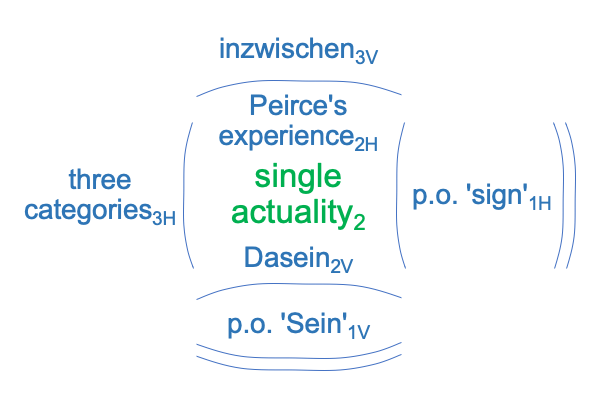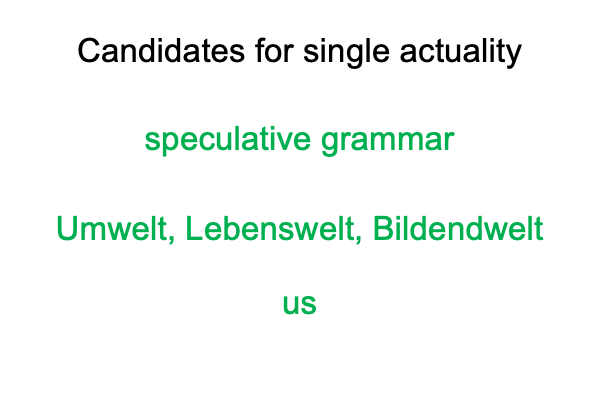Artistic Concordism. Harmony between Genesis and Evolution?
0001 On August 14, 2024, Razie Mah, the blogger and author of The Human Niche, An Archaeology of the Fall and How To Define the Word “Religion, releases an e-book, titled “Exercises in Artistic Concordism“.
Concordism is harmony between religion and science, particulary, the biblical origin stories and evolutionary history. Concordism attempts to build a bridge. But there is always a problem.
0002 According to current interpretations of these matters, either religion or science has to give.
Enter semiotics. Semiotics is the study of sign-relations. Sign-relations are triadic relations. Triadic relations? Thirdness (the triadic realm of normal contexts) brings secondness (the dyadic realm of actuality) into relation with firstness (the monadic realm of possibility).
0003 What if Genesis One is a sign of the evolutionary record?
If one reads the Creation Story through the lens of Charles Peirce’s typology of natural signs, then each day of creation offers icons, indexes and symbols of a corresponding epoch. The days, like pearls, string perfectly onto the evolutionary record. The aesthetic correspondence is beautiful to behold.
0004 What has to give?
The interpretation that the Creation Story is itself the revelation? Perhaps, Genesis One records a revelation. That means there is a visionary, which brings up the question. How do we (as the ones who will hear the words of the vision) evolve to be who we are created to be? We are created to recognize the signs of God. What does this mean?
And, what if the stance that the Creation Story is a vision gives us ways to answer these questions?
0005 What else has to give?
Our theoretical formulation of human evolution? Yes, there is more to our evolution than fossils and genetics. What if, as the Genesis text indicates, our current Lebenswelt is not the same as the Lebenswelt that we evolved in? What if there is a cultural twist in recent prehistory?
0006 If one reads the awkward textual transition between the Creation Story and the stories of Adam and Eve as discontinuity, then one may wonder why all the written origins stories of the ancient Near East portray the origin of humans as a recent event. Humans are created, de novo, by differentiated gods.
Why can’t any of the civilizations of the ancient Near East see past a time horizon that an anthropologist may place, say, at the start of the Ubaid archaeological period of southern Mesopotamia?
Why can’t these ancient civilizations see the Lebenswelt that we evolved in?
These queries lead to a much more inflammatory question. Why is our current Lebenswelt not the same as the Lebenswelt that we evolved in?
Imagine the answer to that one!
0007 Today, civilized folk are abuzz about the coming singularity. What if it is not the first?
Uh oh, the first singularity is a scientific hypothesis that harmonizes a cultural twist in human evolution with the stories of Adam and Eve.
0008 Both religious appreciations of the text and scientific blind-spots must transform if there is to be concord.
Plus, that concord will be neither religious nor scientific.
It will be artistic.




















